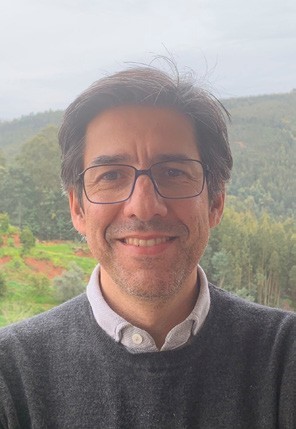During the phases usually intended for learning, we are more susceptible to external influences, which has inevitable implications on who we become.
What we learn during childhood and adolescence has a central importance to what we do in adulthood. This being an unavoidable and obvious truth, it is worth remembering that the environment surrounding us, the person who transmits the wisdom and values that are instilled in us also shapes the future. Each of us finds in our memories someone who had a particular influence, someone who did not simply transmit the expected knowledge. Someone who with his/her example became a role model and who made binary decisions easier to make.
In particular, in the long medical education, there are several stages that influence us and that condition the following ones. Certainly, the choice of our specialty was influenced by the contact we had with it while studying or during general training. A teacher who managed to make the reading of chest X-rays more attractive or the fascination awakened by the diagnoses made during an afternoon spent in the Radiology Service, or, even, a treatment performed in a minimally invasive way that we have not forgotten.
Having reached the final stage of learning, the internship in the specialty, the five years of training are extremely important for us to know which radiologists we will have in the future. Regardless of the content reformulations that are expected, with the subspecializations included that will certainly deepen knowledge and increase the information to be learned, it is not advisable to forget the Services that provide the corresponding training. Services that have accumulated wisdom and knowledge thanks to their own clinical staff.
The knowledge accumulated by the physicians who make up a Service is an asset of much greater importance than the modernity of its facilities and available equipment. It is clear that in order to have a capable and up-to-date training, devices are needed to make it possible to carry out the techniques with the “state of the art”, but it is essential to maintain the clinical staff, the references, the people who transmit the knowledge.
As important or more important than the knowledge transmitted are those people who transmit it.
I write this editorial the day after Dr. Américo Ponces died, the radiologist who coordinated the then CAT sector (still axial) of the Medical Imaging Service of the Hospitals of the University of Coimbra (Hospitais da Universidade de Coimbra). During the endless sequential acquisitions of the thoraco-abdominal-pelvic exams, he taught me, and many of those who passed through Coimbra at the time, to interpret the axial images of Computed Tomography, of the pathology of the head and neck, of the thorax, of the abdomen, of the musculoskeletal system. The foundations for more subspecialized learning were all superiorly transmitted. However, I absorbed much more than that as he transmitted, without saying it, information that proved to be of equal or greater importance for my training. He listened to anyone who came to ask him for another exam and he believed in the screening made by the experience of those who had already seen a lot. I learned to appreciate a good conversation even if it delayed the reading of the images. He gave me tips on how to interpret my surroundings and not just the images that came from the CAT scan. In short, he made this technical and scientific learning more human, with clear gains for the global learning.
From North to South, all radiologists certainly remember their training Services by the group of physicians they comprised. With greater difficulty they will remember the equipment available at the time. And with even greater difficulty, they will remember the name of the rare pathology that they had to present during the training meetings.
Certainly, scientific publications reflect the activity of a Service, but what defines it and what characterizes it most deeply is its clinical staff. Learning is directly related to the interest and commitment of each one, to the opportunities that arise, to the reading of increasingly specific contents, to the increasingly improved performance of techniques, but we cannot forget who teaches us and how they teach us.
In order to stimulate quality training sites, it is necessary that Radiology Services remain structured. It is important to provide the Services with arguments to capitalize knowledge, that is, the ability to attract new specialists who have demonstrated scientific and working skills during their internship, but who are also willing to help others and teach with the same team spirit as that of those who preceded them. This way, it will be easier to promote excellency in training, which is essential to better serve all patients.
In this chain of knowledge transmission, it is essential to have someone available and in the right place to teach, and the renewal of clinical staff is essential and desirable while maintaining the spirit, “the soul” of the training place.
















